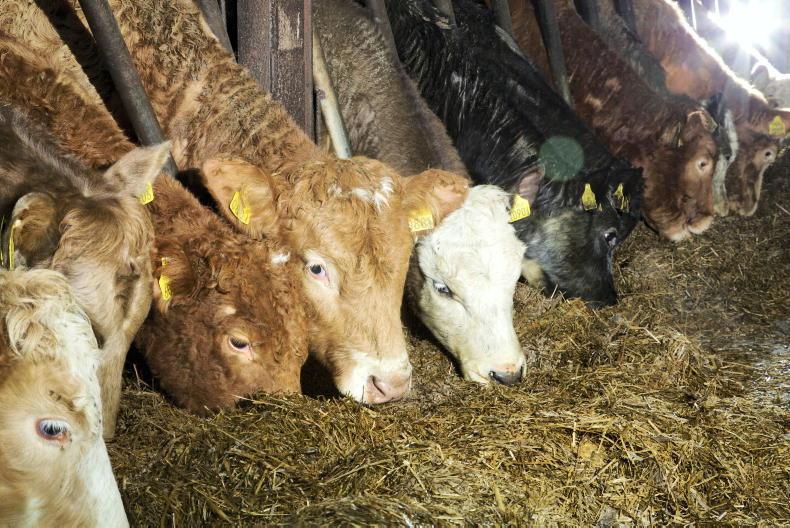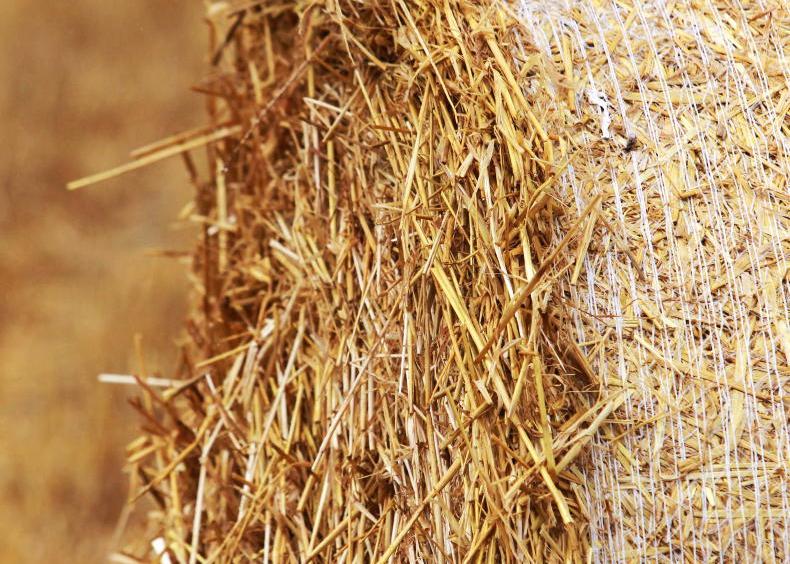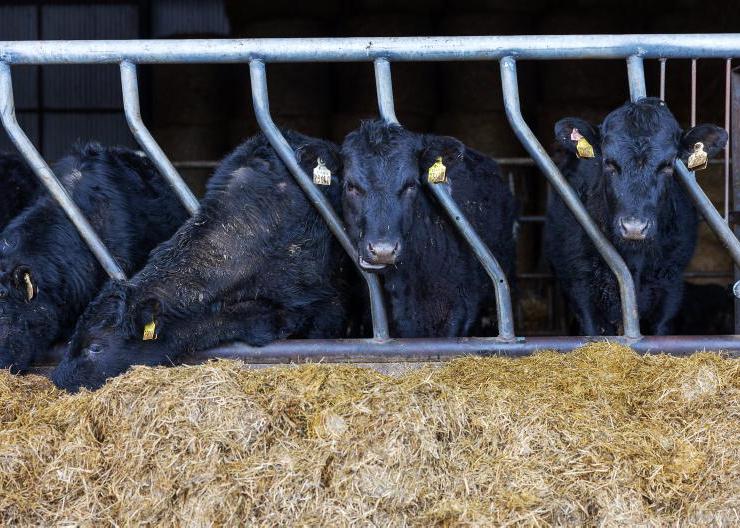After last weekend’s heavy rain, cattle are beginning to be housed in certain parts of the country. In areas where cattle can remain at grass, Sunday’s rainfall acts as a timely reminder that the winter period is almost upon us.
Thoughts now turn to preparation for housing, health protocols and winter feed. In livestock systems, feed accounts for over 75% of all variable costs. The majority of these costs are incurred during the winter months.
It is therefore really important that animal performance is optimised during this high-cost period. We often think of optimal performance to mean maximum performance. However, in practice, it can be quite different.
Optimal winter performance strikes the balance between the cost of the diet and the performance realised from it.
We look at the optimal winter growth rate for weanlings, depending on the production system or sale date they are being targeted for, as well as the benefits of front-loading meal feeding to stock that are returning to pasture in spring.
Grass silage will play a principal role in the majority of diets on farms this winter.
There is a huge variation in the quality of silage made on livestock farms. It is an area where many can still improve on in order to lower winter feed costs.
Adam Woods outlines the importance of silage testing and key terms to consider when it comes to interpreting the results of your silage test.
In most cases, the quality of silage on farm will not be sufficient to support the desired animal performance alone.
We compare a range of feed ingredients and outline what you should be looking for in your ration this winter depending on the type of stock you are feeding.
After last weekend’s heavy rain, cattle are beginning to be housed in certain parts of the country. In areas where cattle can remain at grass, Sunday’s rainfall acts as a timely reminder that the winter period is almost upon us.
Thoughts now turn to preparation for housing, health protocols and winter feed. In livestock systems, feed accounts for over 75% of all variable costs. The majority of these costs are incurred during the winter months.
It is therefore really important that animal performance is optimised during this high-cost period. We often think of optimal performance to mean maximum performance. However, in practice, it can be quite different.
Optimal winter performance strikes the balance between the cost of the diet and the performance realised from it.
We look at the optimal winter growth rate for weanlings, depending on the production system or sale date they are being targeted for, as well as the benefits of front-loading meal feeding to stock that are returning to pasture in spring.
Grass silage will play a principal role in the majority of diets on farms this winter.
There is a huge variation in the quality of silage made on livestock farms. It is an area where many can still improve on in order to lower winter feed costs.
Adam Woods outlines the importance of silage testing and key terms to consider when it comes to interpreting the results of your silage test.
In most cases, the quality of silage on farm will not be sufficient to support the desired animal performance alone.
We compare a range of feed ingredients and outline what you should be looking for in your ration this winter depending on the type of stock you are feeding.









SHARING OPTIONS